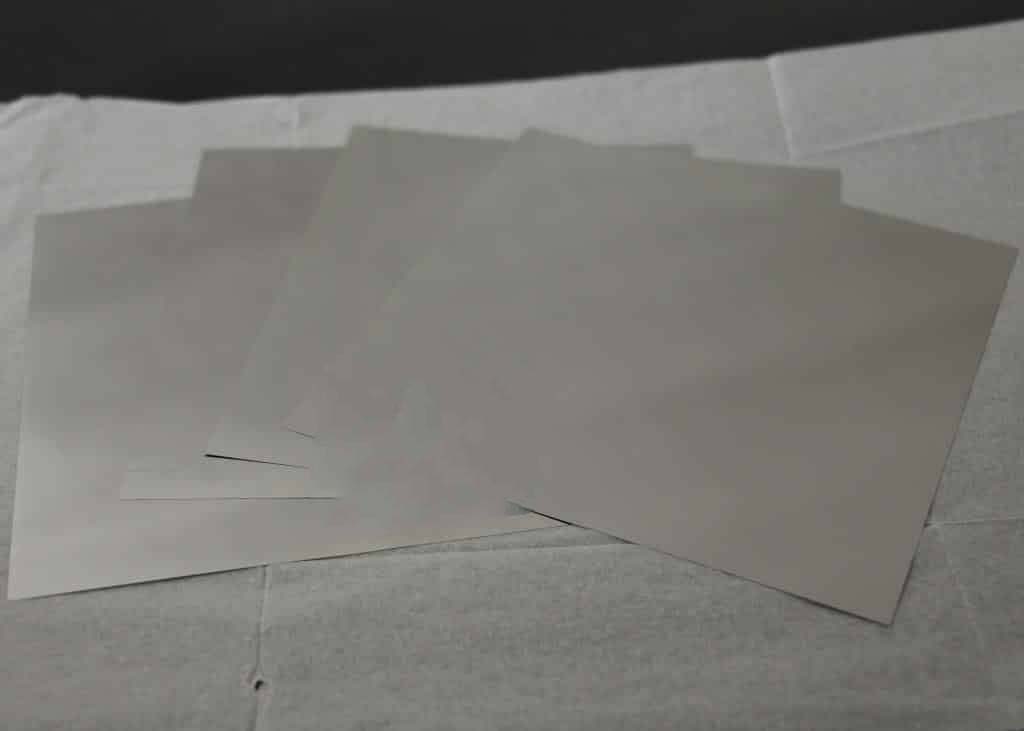In refractory metals, the ductile-brittle transition temperature of tantalum is lower than -196℃, which has the best low-temperature plasticity. While maintaining this characteristic, it should be alloyed to increase its high-temperature strength. Tantalum alloys can be strengthened by solid solution strengthening, precipitation strengthening and a combination of both.
The best solid solution strengthening elements are rhenium, tungsten, molybdenum, zirconium and hafnium. Rhenium has the highest strengthening effect. Adding 1% Re can significantly improve the creep resistance of the alloy, and increasing the rhenium content has greater damage to the low temperature plasticity. The strengthening effect of molybdenum is superior to tungsten. Tungsten is an important solid solution strengthening element in tantalum alloys, but when the amount of W added exceeds 2% to 14%, the plasticity of the alloy drops sharply.

Both hafnium and zirconium have a solid solution strengthening effect, and the content of tantalum and zirconium increases the ductile-brittle transition temperature of the alloy. In order to maintain the good plasticity of the alloy, the total content of alloy solid solution elements is often limited.
Solid solution strengthening of tantalum
Tungsten is one of the best solid solution strengthening elements of tantalum, and Ta-W series alloys have been formed in tantalum alloys. The binary alloy composed of tantalum and tungsten is a continuous solid solution and belongs to a solid solution strengthening alloy. The effect of tungsten content on the mechanical properties of the alloy is very obvious. With the increase of tungsten content, the strength of the alloy increases, but the plasticity decreases. Commonly used tantalum-tungsten alloys are Ta-2.5W, Ta-7.5W and Ta-10. The content W of commercially available Ta-W alloys is generally not more than 10% (mass fraction).
Composite strengthening of tantalum alloy
In order to obtain higher high-temperature strength and creep resistance, it is necessary to carry out precipitation strengthening on the basis of solid solution strengthening. The precipitation strengthening phase is mainly hafnium carbide. Although the strength of tantalum is significantly improved with the increase of solute, when it exceeds a certain content, its low-temperature plasticity is greatly lost. In order to maintain the good low temperature plasticity of tantalum, the amount of solute added is often limited.
Work hardening of tantalum alloy
Work hardening does not contribute much to the high temperature strength of tantalum alloys, but it has a higher strengthening effect on components used at low temperatures. For example, Ta-7.5W alloy can be made into springs by work hardening.
